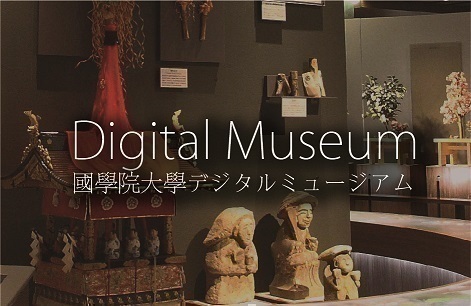- トップ
- Encyclopedia of Shinto
- Shintō Shūseiha
Encyclopedia of Shinto
| Main Menu: | |
| Links: |
詳細表示 (Complete Article)
| カテゴリー1: | 8. Schools, Groups, and Personalities |
|---|---|
| カテゴリー2: | Modern Sectarian Groups |
| Title | Shintō Shūseiha |
| Text | One of the thirteen sects of prewar Shinto. A movement typical of sectarian Shinto (kyōha Shintō), Shintō Shūseiha was founded by Nitta Kuniteru (1829-1902). Nitta was born into a warrior family in Awa (present-day Tokushima Prefecture) in Shikoku, and was active in the nationalistic political movement of the late Tokugawa period that focused on "revering the Emperor and expelling the barbarians" (sonnō jōi). Since he embraced the basic concept that "Japan is the land of the kami and its people are the descendants of the kami," Nitta sought to edify the people by propagating Shinto. In 1868, when participating in a policing action in Hida Province, false allegations were made against him and he was temporarily imprisoned in Oshi Province (present-day Saitama Prefecture). Possibly also as a result of this incident, he thereafter devoted himself to proselytizing activities on behalf of Shinto. In 1872 Nitta joined the ranks of state-organized moral preceptors (Kyōdōshoku), and the next year he set up a religious movement known as the Shūsei Kōsha, with headquarters in the precincts of the Tokyo residence of Prince Arisugawa. In 1876 the movement became the Shintō Shūseiha, and together with Kurozumikyō succeeded in becoming the first of the thirteen sects of Shinto to achieve independence, with Nitta himself assuming office as its first Superintendent. In addition to assembling earlier groups of followers from the late Tokugawa period, Shintō Shūseiha also acted as an umbrella organization for confraternities associated with the worship of Mount Ontake (Ontake shinkō) and Mount Fuji (Fuji shinkō), with the result that it rapidly expanded its membership up to the mid-Meiji era. In 1902 Nitta Kuniteru died, and Nitta Kunisada succeeded him as the group's second Superintendent. From the late Meiji era onwards, however, the group experienced little growth in membership. In 1940 it became a registered religious organization under the prewar Religious Organizations Law (Shūkyō Dantaihō), and following the war it registered in 1946 under the Religious Corporations Ordinance (Shūkyō Hōjinrei). In 1952 it was accorded the status of an independent religious legal person under the Religious Corporations Law (Shūkyō Hōjinhō). The group has displayed little energy in the postwar period. One reason for this may be its doctrinal focus on Confucian ethics, which has inhibited its ability to respond to the change in values of the postwar era. Strongly maintaining the consciousness that it is a movement of sectarian Shinto, it has consistently kept the name under which it was founded right up to the present day. The Shūseiha is based on the expression shuri kosei ("to establish and make firm") found in the Kojiki's mythic tale of the founding of Japan by the kami Izanami and Izanagi. Its teachings are a composite of basic Shinto ideals and Confucian ethical principles. The lectures that Nitta Kuniteru had given his disciples during the late Tokugawa period were complied thereafter as the Kyōdō tai'i (Essentials of Instruction), and this work continues to be used as the group's central text even today. See also Nitta Kuniteru. Headquarters: Tokyo Nominal membership: approximately 42,000 (M) —Inoue Nobutaka |




